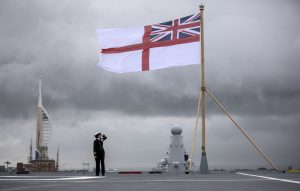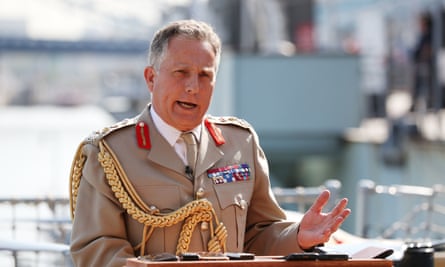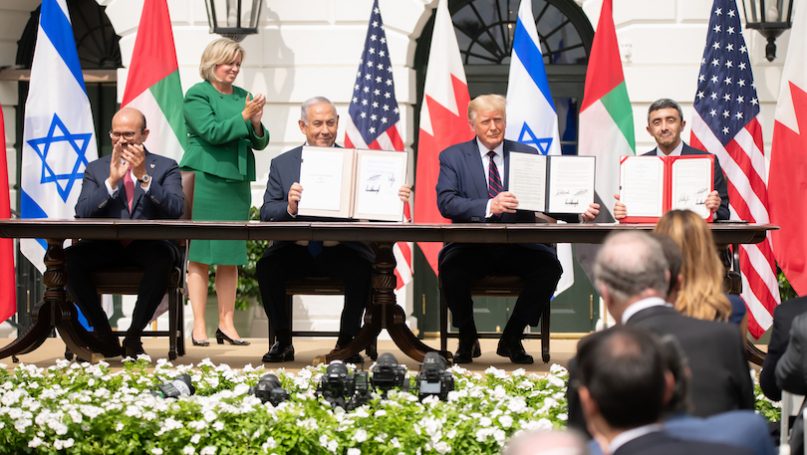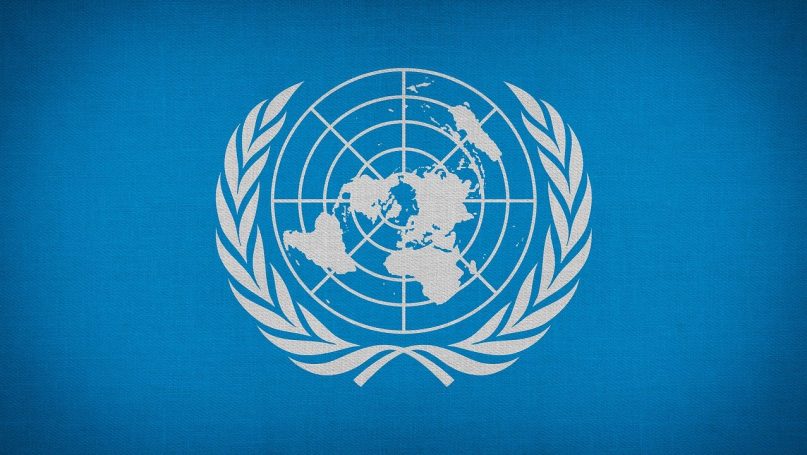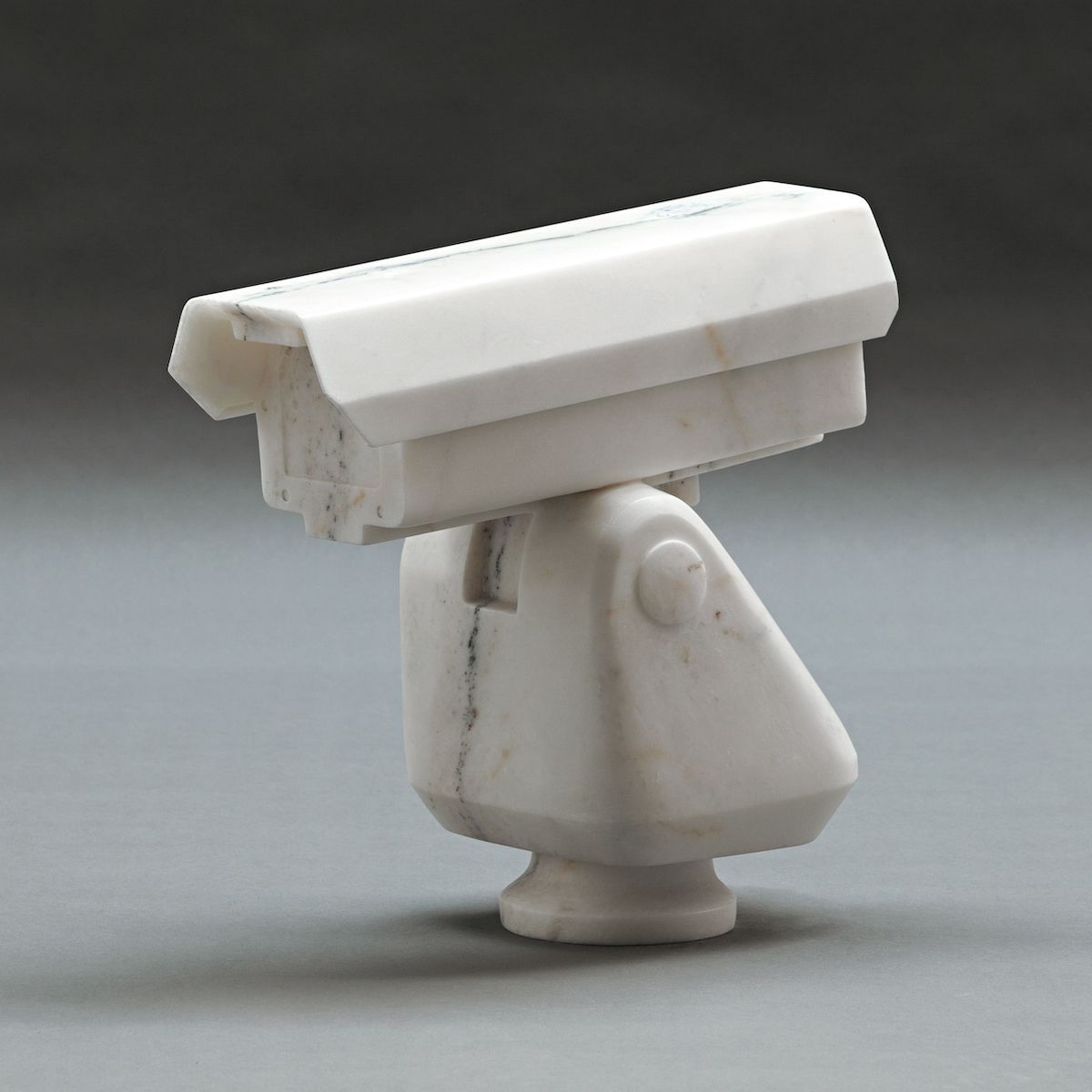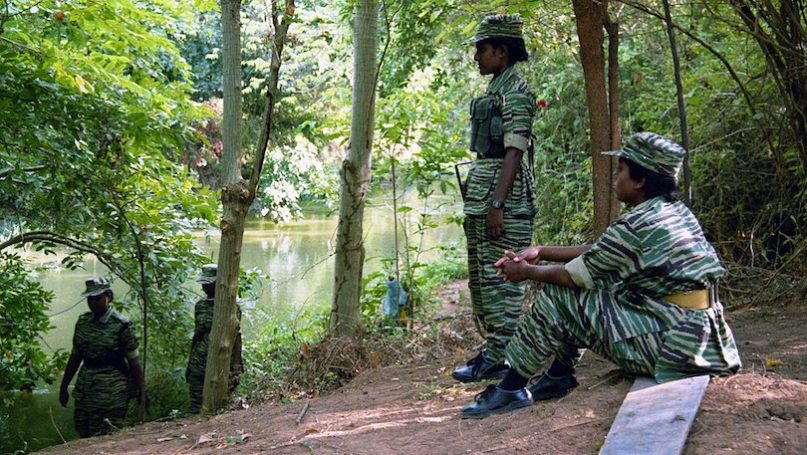Sandeep Unnithan
Four big-ticket Indian Army procurements for carbines, mobile air defence gun-missile systems, light helicopters and shoulder-launched missiles worth over $5 billion (Rs 36,000 crore) have been caught in an impasse for several months now. But for the ongoing military standoff with China, delays in acquiring this urgently required hardware would not have spelt a crisis. This is because India’s process-driven defence acquisitions move at a snail’s pace, with each contract taking an average 7-8 years to be concluded.
These four cases are only part of the Rs 90,048 crore the ministry of defence (MoD) plans to spend on buying new hardware for the forces in the present financial year, minister of state (MoS) for defence Shripad Naik told the Lok Sabha on September 15.
Two cases are particularly urgent as they are meant to replace the army’s vintage in-service military hardware. The army’s 1970s model Cheetah helicopters used to resupply troops in high altitudes at Siachen and Ladakh and the dwindling stock of shoulder-fired missiles meant to provide low-cost air defence solutions, particularly in the frontlines, are nearing the end of their lifespans. The army needs new air defence gun-missile systems to replace the World War II-era L-70 guns. For three of these imports, light helicopters, air defence guns and carbines, we have indigenous alternatives which are fit cases for the government’s ‘Aatmanirbhar Bharat’ initiative. Yet, these deals, held up for reasons ranging from deviations in procedure, budgetary constraints, complaints from competitors and a recent renewed thrust for indigenisation, have become a sort of Gordian knot the ministry seems unable to slice through. Adding to the difficulties is the looming shadow of India’s largest arms supplier and strategic partner Russia. Russian state-owned firms are in the fray for three of the big-ticket items and Moscow is believed to have lobbied for stalling the deals at the political level. The UAE government, another country with significant diplomatic heft in New Delhi, owns the firm in the fray for carbines. The defence ministry has held a series of recent meetings to resolve the intractable delays in these cases, but without much success.




